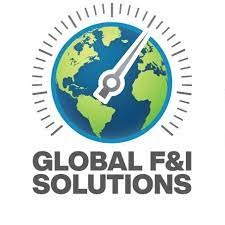
The Rising Tide of Auto Fraud: Understanding 'Bust Out' Schemes
As we venture further into 2025, a new type of auto fraud is making headlines, and it's a growing concern for the automotive industry. Dubbed 'bust out' schemes, these fraudulent activities have already cost dealerships millions, with estimates exceeding $50 million this year alone. Understanding how these operations work is crucial for car dealership owners, principles, and general managers who aim to protect their businesses and customers.
What Exactly Are 'Bust Out' Schemes?
'Bust out' schemes involve fraudsters who acquire a vehicle under false pretenses, usually using fake identification or stolen credit information. Once they have the car, the perpetrators exploit various loopholes within the financing and insurance systems to benefit financially. After securing the vehicle, they may abandon it, leading to significant losses for dealerships and lenders alike.
The Financial Toll: Why Dealerships Should Care
The impact of these schemes on automotive dealerships can be staggering. Not only do they face immediate losses from the stolen vehicles, but they also endure additional costs related to insurance claims and administrative expenses in managing the fallout. It is essential for dealers to implement tighter security protocols and be vigilant during the vehicle purchase and financing processes.
Preventive Measures: Protecting Your Business
To stay one step ahead, there are several strategies that dealerships can deploy. First, ensuring comprehensive employee training on identifying suspicious activities during transactions is vital. Additionally, integrating technology such as real-time fraud detection systems can provide invaluable support. Consumers are also encouraged to verify the authenticity of car body repair estimates and warranties to avoid inadvertently supporting fraudulent operations.
The Role of Technology in Combating Fraud
The automotive sector is not left helpless against these fraudulent schemes. Advancements in technology provide essential tools to protect dealers and consumers alike. Utilizing digital verification platforms can ensure that each vehicle's purchase history is transparent, which can deter potential fraudsters. Understanding the costs involved in car body repair after a theft can also help dealerships gauge the risk of transactions.
Looking Ahead: Industry Responsiveness
The rise of bust out fraud schemes presents a compelling call-to-action for the automotive industry. As these tactics become more sophisticated, so too must the responses from dealerships. By fostering a culture of vigilance and adopting modern technology solutions, dealerships can better protect themselves and their customers from becoming victims of auto fraud.
For car dealership owners and managers, the time is now to take proactive steps. Keeping abreast of the latest developments in fraud prevention can help safeguard your hard-earned investment. Let’s work together to build a more secure automotive landscape.
 Add Row
Add Row  Add
Add 




Write A Comment